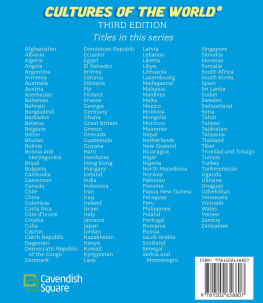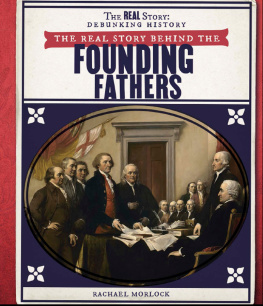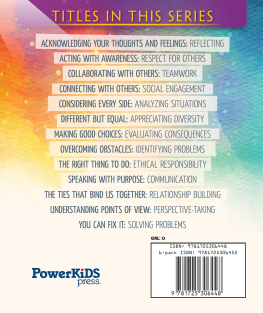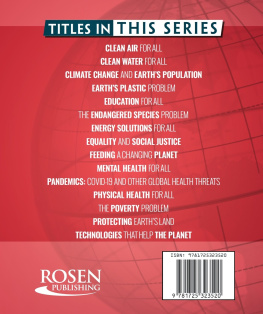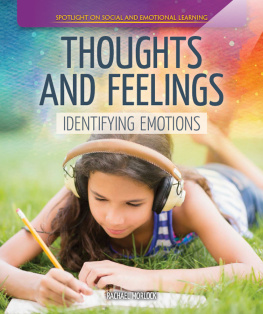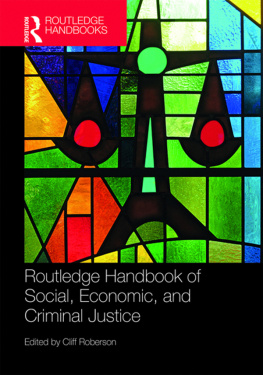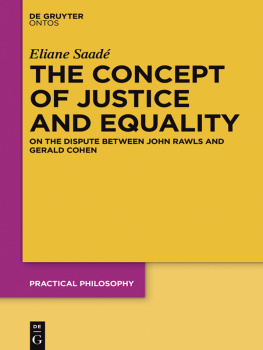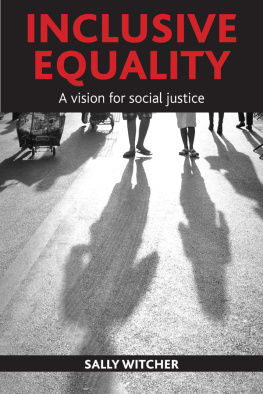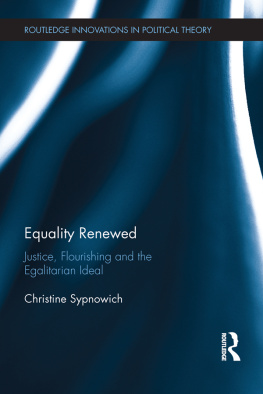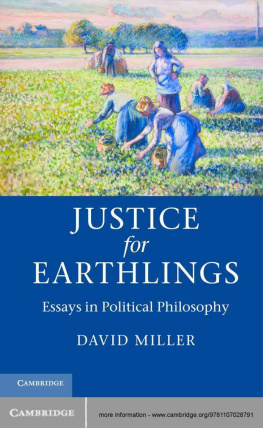
Published in 2022 by The Rosen Publishing Group, Inc.
29 East 21st Street, New York, NY 10010
Copyright 2022 by The Rosen Publishing Group, Inc.
All rights reserved. No part of this book may be reproduced in any form without permission in writing from the publisher, except by a reviewer.
First Edition
Editor: Theresa Emminizer
Book Design: Michael Flynn
Photo Credits: Cover, p. Sia Kambou/ AFP/Getty Images.
Cataloging-in-Publication Data
Names: Morlock, Rachael.
Title: Equality and social justice / Rachael Morlock.
Description: New York: Rosen Publishing, 2022. | Series: Spotlight on global issues | Includes glossary and index.
Identifiers: ISBN 9781725323346 (pbk.) | ISBN 9781725323377 (library bound) | ISBN 9781725323353 (6 pack)
Subjects: LCSH: Equality--Juvenile literature. | Social justice--Juvenile literature.
Classification: LCC HM821.M667 2022 | DDC 305--dc23
Manufactured in the United States of America
Some of the images in this book illustrate individuals who are models. The depictions do not imply actual situations or events.
CPSIA Compliance Information: Batch #CSK22. For further information contact Rosen Publishing, New York, New York at 1-800-237-9932.

CONTENTS

CHAPTER ONE
DEFENDING
RIGHTS
The ways resources, opportunities, and privileges are distributed in a society shows how fair or just that society is. But what is fair and just? This type of discussion usually focuses on three main terms equality, equity, and social justice.
Equality means providing the same rights and opportunities to everyone. The civil rights movement in the United States is a historic example of the struggle for equality in America. In an era of segregation, African Americans called attention to the unjust laws that prevented them from voting and being equal members of society. The United States took an important step toward equality by protecting these rights with new laws.
Equality often includes the idea of equity. Instead of equal opportunities, equity refers to equal outcomes. It recognizes the role of privilege and relies on the idea that fairness is more than equal treatment. For example, the Americans with Disabilities Act became law in 1990. This act supports people with disabilities in accessing the same services and opportunities as other members of society. The requirement for accessible entrances on public buildings is just one example of equity in action. It takes into account different abilities and privileges in order to work toward an equal outcome.
Social justice puts equality and equity into action. It takes form through social, economic, and political policies that defend the rights of all members of society. Social justice focuses on equal rights and outcomes regardless of sex, race, ethnicity, religion, place of origin, disability, and economic status.

Equality ensures everyone has the right and opportunity to enter a public building. Equity provides the support that makes entry possible for everyone.
A trend toward social justice has slowly evolved through history. It began with the philosophical idea of equality long before it became a political goal. For most of human history, society has been organized with strict hierarchies of power. Ancient systems were based on the belief that some people were naturally better than others. They commanded greater power and greater resources.
It wasnt until the Enlightenment in the 17th and 18th century that the idea of equality gained global popularity. Philosophers such as John Locke and Jean-Jacques Rousseau thought of political structures as a social contract. They understood that the political power of rulers is granted through an unspoken agreement with their citizens, not through a divine or natural right. If the people within a society were unhappy with the social contract, then they had the power to change it. Immanuel Kant was another philosopher who promoted ideas of equality and the rights of citizens.


French revolutionaries stormed a military forta symbol of the monarchys poweron Bastille Day in 1789. Like the French and American revolutions, many movements for political equality have been violent.
People put these ideas into motion in the 18th century. Revolutionary movements in the United States and France produced the U.S. Declaration of Independence in 1776 and the French Declaration of the Rights of Men and of the Citizen in 1789. Both documents mention the natural equality of all citizens and the importance of individual rights. In the 19th century, more nations became involved in independence movements to throw off the restraints of colonial powers and gain greater rights for citizens. The ideals of democracy and equality took root in cultures around the world.
The march toward social justice gained momentum after the Industrial Revolution. During this period, which stretched from about 1750 to about 1850, a large portion of the worlds population shifted from farm work to industry. People created new technologies and factories for creating goods. Within these industries, owners treated and paid workers poorly. Inequalities between social classes deepened.
The injustices of industrialization sparked new movements and laws to make life more equitable. In the Progressive Era of the 19th century, reformers pushed for laws that would improve working conditions, housing situations, and general quality of life for the poorest members of society. Other reforms grew out of the movement in order to address issues of inequality between sexes, races, and ethnicities. These movements affected world governments and encouraged them to recognize the rights of all their citizens.


Eleanor Roosevelt, the former First Lady of the United States, inspects the Universal Declaration of Human Rights. Mrs. Roosevelt was a member of the UN committee that wrote it.
The next global milestone in the history of equality and social justice came about after World War II. The horrors and injustices of the war inspired world leaders to form the United Nations (UN) to organize global peace efforts. In 1948, the UN adopted the Universal Declaration of Human Rights. This listed the fundamental rights of all people around the world.
Today, 192 nations have signed the UN declaration. However, many people still face discrimination and injustice. Because of aspects of their identity, theyre prevented from accessing rights, services, opportunities, and resources. Unequal treatment often relates to the gender, sexual orientation, race, ethnicity, religion, place of origin, disability, or economic status of individuals and communities.
Next page

